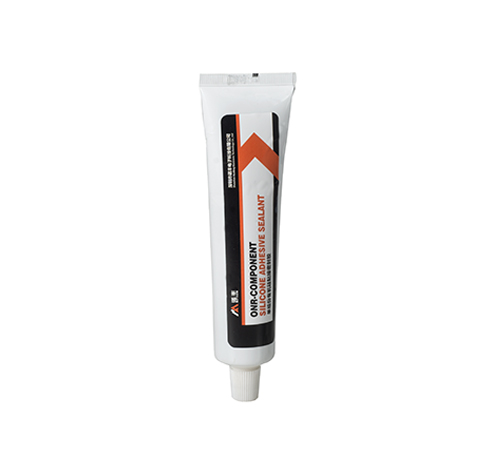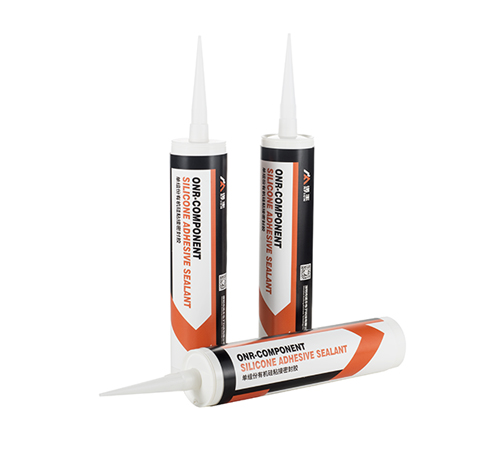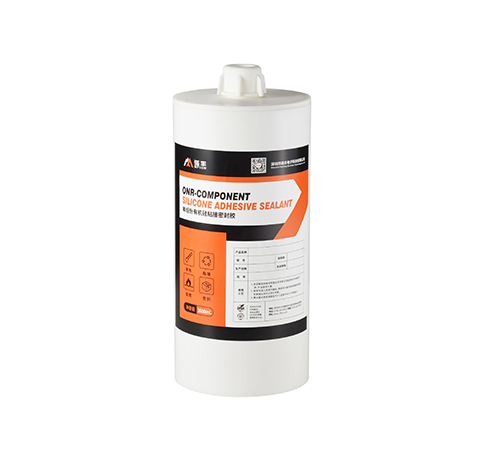Differences Between PTV and RTV Adhesives
Author:NFION
Date:2024-07-18 10:51:27
In modern industry and manufacturing processes, various adhesives are widely and deeply applied. PTV and RTV adhesives are two important types. Although they overlap in application areas and performance, they differ significantly in chemical composition, characteristics, and usage scenarios. NFION will delve into the differences between PTV and RTV adhesives to help readers better understand their properties and applications.
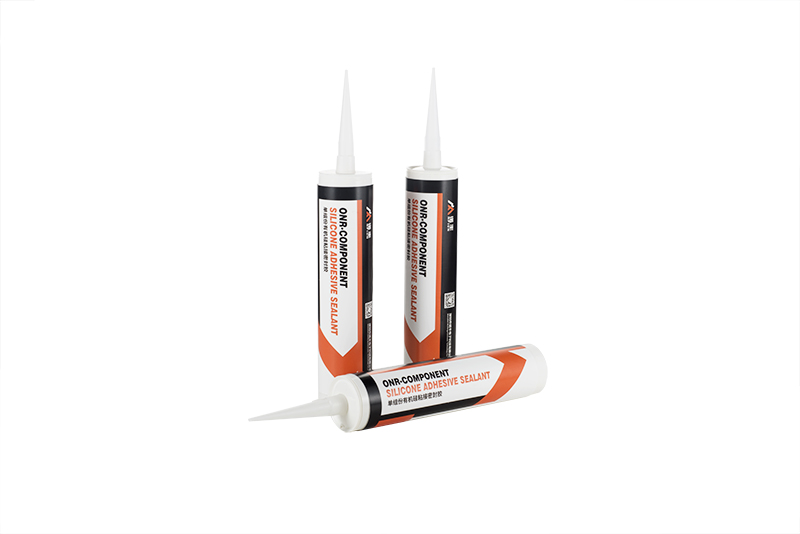
Chemical Composition and Curing Mechanism
1. PTV Adhesive
PTV adhesive, or polyurethane elastomer adhesive, is based on the chemical reaction of polyurethane. Its curing process usually relies on moisture in the air, reacting with it to form a solid polyurethane network. Due to its excellent mechanical properties and wear resistance, PTV adhesive is often used for structural bonding and sealing.
2. RTV Adhesive
RTV adhesive, or room temperature vulcanizing silicone, is a type of silicone adhesive with siloxane as its main component. RTV adhesive can cure at room temperature without the need for additional heating or special treatment. It usually cures by reacting with moisture in the air or a catalyst, transforming from a liquid to a solid elastomer. RTV adhesive has excellent thermal stability and chemical resistance, making it widely used in the electronics, electrical, and automotive industries.
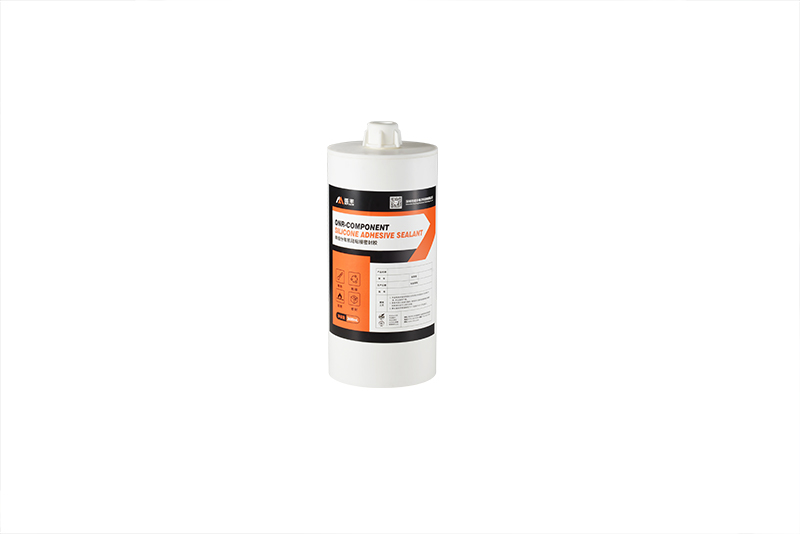
Performance Characteristics
1. Mechanical Properties
Due to its polyurethane base, PTV adhesive has high tensile strength and tear resistance, with excellent wear resistance. This makes PTV adhesive perform well in applications that require mechanical stress and friction.
RTV adhesive, due to its siloxane base, has good elasticity and flexibility, but its mechanical strength is generally not as high as that of PTV adhesive. However, the toughness and durability of RTV adhesive make it ideal for applications that require elastic recovery and vibration absorption.
2. Weather Resistance
RTV adhesive, due to its chemical structure, exhibits excellent weather resistance, capable of stable operation in high and low temperatures and humid environments. PTV adhesive also has good weather resistance, but its performance may decline under extreme temperature conditions.
3. Chemical Stability
RTV adhesive excels in chemical stability, able to withstand corrosion from various chemicals such as acids, bases, and solvents. PTV adhesive also has good chemical stability but may be affected by some chemicals.
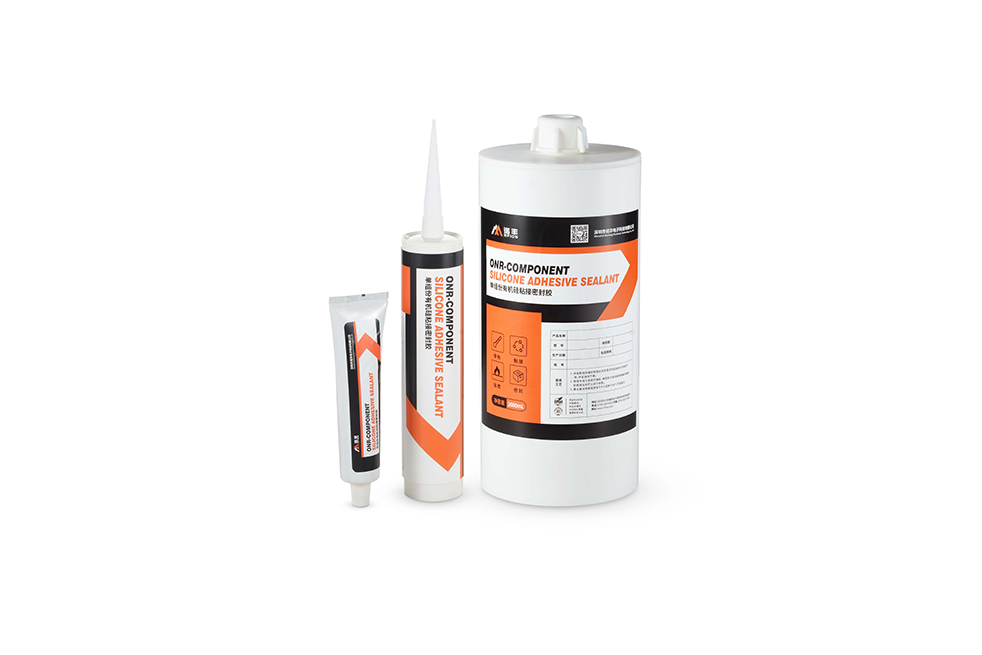
Application Areas
1. Applications of PTV Adhesive
Due to its excellent mechanical properties and wear resistance, PTV adhesive is widely used in construction, shipbuilding, automotive, and machinery manufacturing. For example, in the automotive industry, PTV adhesive is commonly used for bonding and sealing car body structures to ensure overall strength and durability.
2. Applications of RTV Adhesive
RTV adhesive, due to its superior thermal stability and chemical resistance, is mainly used in electronics, electrical, aerospace, and automotive industries. For example, in the electronics industry, RTV adhesive is commonly used for encapsulating and sealing electronic components to prevent moisture and dust ingress and protect components from mechanical stress.
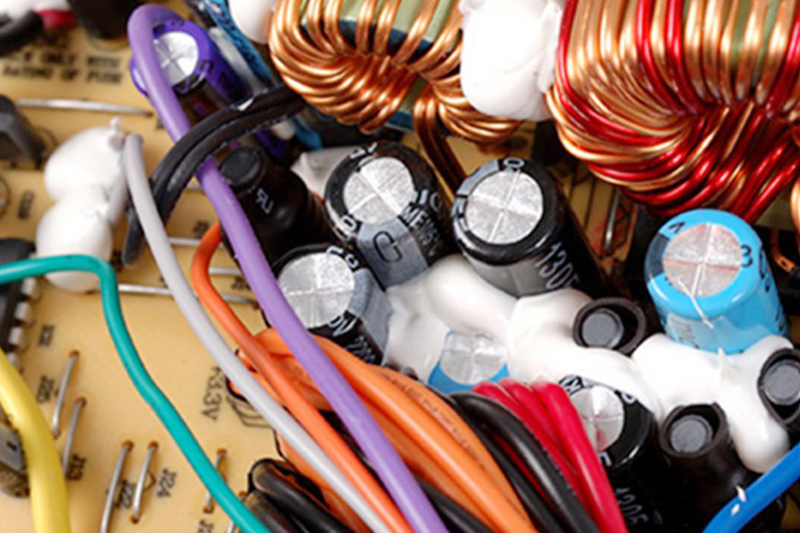
Selection Guide
When choosing between PTV and RTV adhesives, it is essential to consider specific application needs and environmental conditions. If the application scenario requires high mechanical strength and wear resistance under demanding conditions, PTV adhesive is ideal. If the application scenario demands high thermal stability and chemical resistance, RTV adhesive is more suitable.
Conclusion
PTV and RTV adhesives, as two important types of adhesives, each have unique chemical compositions and performance characteristics. By understanding their differences and application areas, one can make more informed choices to ensure efficient and reliable industrial and manufacturing processes. We hope this article provides valuable references for your selection and application of PTV and RTV adhesives.
 CN >
CN >
